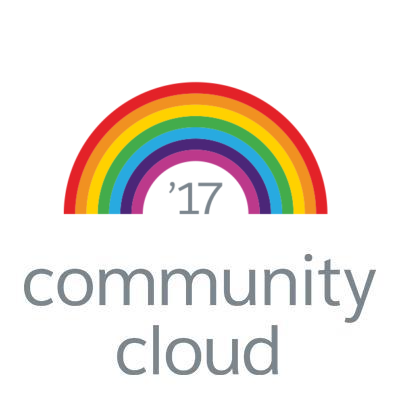
Spring 17 for Salesforce Communities
There was a time, not that long ago in fact, where the term Salesforce Communities sent me running to hide under the nearest rock. But the more I work with the product and the more features that come out with each release, the more I find myself singing its praises and eager to leverage the tool for a variety of use cases. Collaboration is the name of the game and Communities are truly a way to collaborate in a… well, you know.
Navigation
One of the more frustrating aspects of working with Communities is all the hopping around you have to do to configure and manage different aspects of the community. I gave a training recently to administrators of an organization rolling out a new community. After two detailed hours on the ins and outs of Community Management and Community Builder, the only question I got at the end was “can you show us how to navigate between all of these things one more time?” Community Workspaces to the rescue! A clean, logical home base for community administrators and moderators to jump between settings, dashboards, builder, etc. with ease. I’m really looking forward to this one, but surprises are not always fun, so it’s the admin’s call on turning this feature on or off.
Design
As someone who is decidedly not a web designer I am grateful for the existence of Community Builder, but in many cases feel the pangs of its limitations when it comes to finer customization. In answer to this Salesforce seems to be going down a path with Community Builder and templates to include design level features more like one might expect with a website management tool. For example, in the last release we got Theme Layouts and now we get Theme Layout Types, essentially giving us easy to manage wireframes for sets of pages within the community. They’re also taking some pain out of managing branding images with a basic asset library, and giving us the seemingly basic ability to nest menu items, because sometimes it’s the little things that really make your day better.
We also get something that resembles dynamic content in that it can take into account a user’s location to show them a different page variation. I would want to test this one with care, though, as it seems as though it may be difficult to unpack exactly what a given user would see, as page variations also consider profile and record type. And another little gift for the marketing-minded--Google Analytics integration for community templates. This will be a big deal for companies that want to monitor their content across all web presences, making the community more seamless for reporting with an organization’s regular website.
Features
At the same time as the template experience becomes more like a modern web tool, the features of what users can do inside the community are becoming more like Salesforce. Users will now be able to edit records inline in the community and, if they have the appropriate permissions, create list views and mass edit from list views. Community users can also now leverage Tasks, and my personal favorite, send direct messages within the community. This last one I know will be a big deal for organizations that want an easy way to have private exchanges with users without going to email.
There’s one new feature I’m wary of--the ability to create new records from lookups. The release notes do not give us much insight into exactly what this will mean and if we can turn it off. This brings about nightmares of Quick Create’s skipping of layout required fields, as well as loss of little controls that come from capabilities like removing the New button from list views. I guess we’ll see.
Last, but far from least, is now the ability to use Visualforce in template-based communities. This removes a huge barrier to leveraging the templates and in many cases the Communities product in general. Previously if you wanted the level of functionality Visualforce can provide, the only option was pretty much building the whole community in Visualforce. While people have done some really awesome stuff this way, the advantages of template-based communities are growing, and this can provide a bridge for those wanting to take advantage of the no-code templates but include existing beautifully-coded Visualforce key to their use case.
This is by far not an exhaustive list of all of the new stuff coming out around Communities in the Spring 17 release. For a full list, including an entire section on Chatter-related improvements I didn’t even touch upon here, be sure to spend some quality time with the release notes and feel free to share your favorite features below, on the Salesforce Success Community, on our Facebook page, or directly at me on Twitter @ifitfloats.
